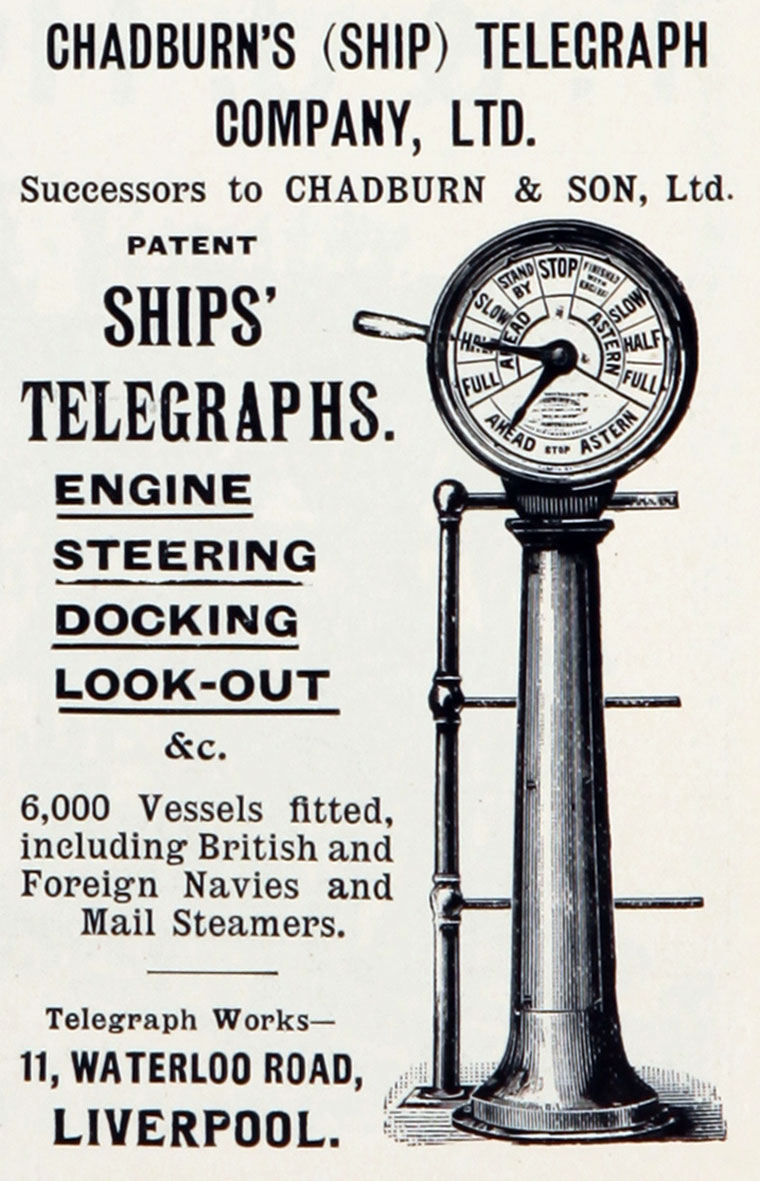pucho812
Well-known member
Decided we need one at the studio to communicate between the tech room, front office, etc and the control room. Obviously it would not have the Typical dial positions as listed below and we would have more studio friendly dial positions like Coffee, Alignment, setup, etc...
Flank ahead (1940-) (USA only)
Full Ahead
Half Ahead
Slow Ahead
Dead Slow Ahead
Standby
Stop
Finished With Main Engines
Dead Slow Astern
Slow Astern
Half Astern
Full Astern
Emergency Astern ( 1940-)
Any orders could also be accompanied by an RPM order, giving the precise engine speed desired. Many modern ships have the following dial indications:
Full Ahead Navigation (on notice to increase or reduce)
Full Ahead
Half Ahead
Slow Ahead
Dead Slow Ahead
Stop
Dead Slow Astern
Slow Astern
Half Astern
Full Astern
Flank ahead (1940-) (USA only)
Full Ahead
Half Ahead
Slow Ahead
Dead Slow Ahead
Standby
Stop
Finished With Main Engines
Dead Slow Astern
Slow Astern
Half Astern
Full Astern
Emergency Astern ( 1940-)
Any orders could also be accompanied by an RPM order, giving the precise engine speed desired. Many modern ships have the following dial indications:
Full Ahead Navigation (on notice to increase or reduce)
Full Ahead
Half Ahead
Slow Ahead
Dead Slow Ahead
Stop
Dead Slow Astern
Slow Astern
Half Astern
Full Astern















![Electronics Soldering Iron Kit, [Upgraded] Soldering Iron 110V 90W LCD Digital Portable Soldering Kit 180-480℃(356-896℉), Welding Tool with ON/OFF Switch, Auto-sleep, Thermostatic Design](https://m.media-amazon.com/images/I/41gRDnlyfJS._SL500_.jpg)


















